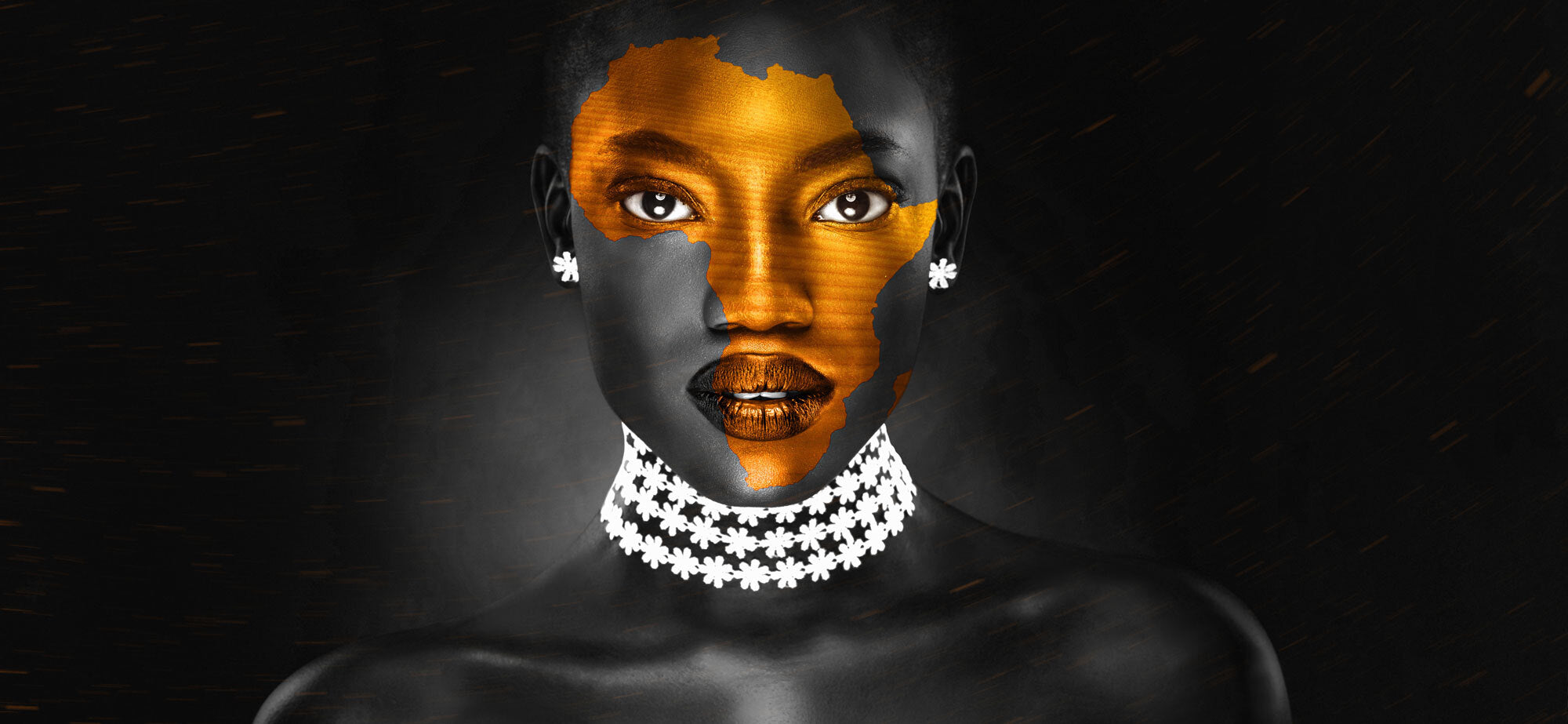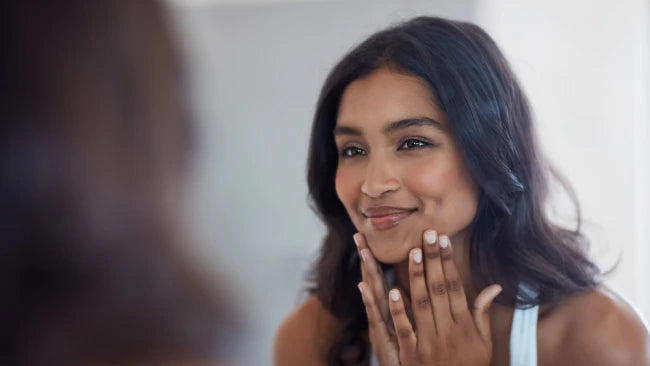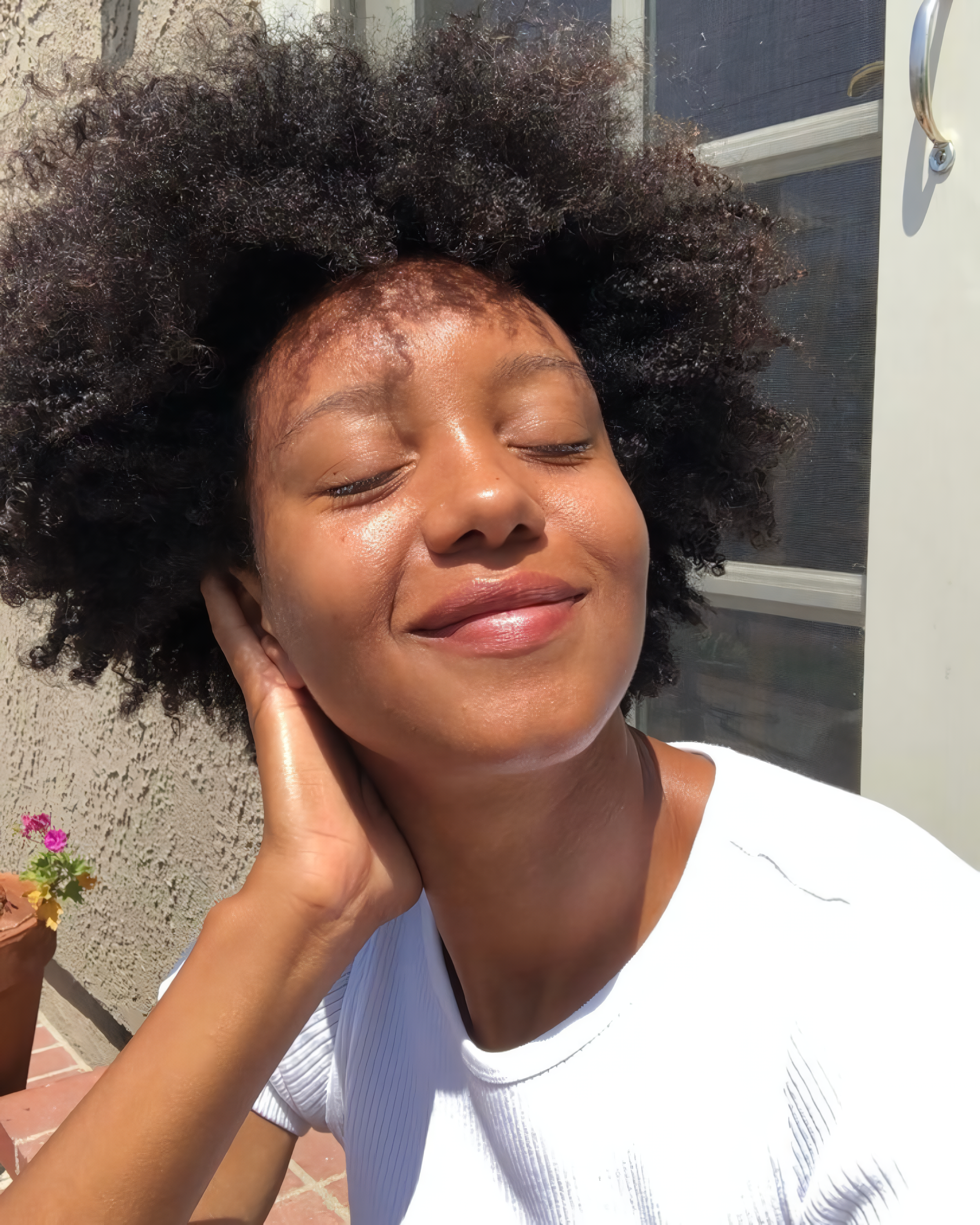
Acne Face Map: Unlocking Your Skin’s Secret Language
What is Acne Face Mapping
Acne face mapping is a holistic method that associates specific areas of the face with various internal imbalances and health issues. This technique aims to understand the potential underlying causes of acne by examining where breakouts occur on the face. By analyzing where acne occurs, you can gain insights into potential underlying health issues that may be contributing to skin problems. These patterns are indicators of specific bodily concerns, such as digestion, hormones, or environmental factors. While it's not a definitive diagnostic tool, acne face mapping can provide valuable information for tailoring skincare routines and making lifestyle adjustments.
Are Acne Face Maps Legit?
While acne face mapping can provide helpful insights, it's important to note that it's not a one-size-fits-all solution. Individual experiences may vary, and what works for one person may not work for another. Additionally, many factors can contribute to acne, including genetics, lifestyle, and skincare habits. Consulting a dermatologist for personalized advice is always recommended.
Is the Acne Face Map Accurate?
The accuracy of the acne face map can vary from person to person. While it's a useful tool for gaining insights into potential underlying causes of acne, it's not a definitive diagnosis. It's essential to consider all aspects of your health and consult a dermatologist for a comprehensive evaluation.
What is Your Acne Telling You According to Face Mapping?
Acne face mapping is a holistic technique that associates specific facial areas with potential internal imbalances. While it's not a definitive diagnostic tool, it can offer valuable insights.
- Forehead Acne:
- Possible Causes: Forehead acne is often linked to issues with digestion and diet. Consuming excessive processed or sugary foods can disrupt your digestive system, leading to acne in this area. Poor hair care products or excessive sweating can also contribute.
- Cheek Acne:
- Possible Causes: Acne on the cheeks can be related to respiratory problems, allergies, or exposure to environmental pollutants. Poor air quality, frequent touching of the face, and inadequate cleansing can exacerbate cheek acne.
- Nose Acne:
- Possible Causes: Acne on the nose is associated with the heart and circulatory system. It may be a reflection of cardiovascular health, high blood pressure, or excessive stress. Blackheads and enlarged pores are also common concerns on the nose.
- Chin and Jawline Acne:
- Possible Causes: Hormonal fluctuations are often responsible for chin and jawline acne. This can occur due to the menstrual cycle, pregnancy, or hormonal imbalances. It's crucial to monitor your hormonal changes and consider consulting a healthcare professional for treatment.
- T-Zone Acne (Forehead, Nose, and Chin):
- Possible Causes: The T-zone is prone to increased oil production, leading to clogged pores and acne. Genetics, hormonal fluctuations, and skincare habits play a significant role in T-zone breakouts. Maintaining a balanced skincare routine is essential for managing this common issue.

Remember that while acne face mapping can offer insights into potential causes of acne, it's not a one-size-fits-all solution. Individual experiences can vary, and factors like genetics, lifestyle, and skincare habits also contribute to acne.
What Causes Forehead Acne According to Face Mapping?
Forehead acne is often associated with issues related to digestion and diet. Excessive consumption of processed or sugary foods can lead to imbalances, which may manifest as acne in this area. It's crucial to maintain a balanced diet with plenty of fresh fruits and vegetables and to stay well-hydrated.
Why is My T-Zone Breaking Out?
The T-zone, which includes the forehead, nose, and chin, is prone to increased oil production. This excess sebum can lead to clogged pores and acne. Factors like genetics, hormonal fluctuations, and skincare habits can contribute to T-zone breakouts. Incorporating a balanced skincare routine, including gentle exfoliation and non-comedogenic products, can help manage this common issue.
What Do Different Breakouts Mean?
- Whiteheads and Blackheads:
- These are often caused by the clogging of hair follicles with excess oil, dead skin cells, and sometimes bacteria. They are common and usually not associated with specific health issues.
- Papules:
- Papules are small, raised, red bumps without a visible center. They can result from inflammation, excess oil, or bacterial infection. They may indicate mild to moderate acne.
- Pustules:
- Pustules are similar to papules but contain pus. They can be a sign of inflammation and infection, often associated with acne.
- Nodules:
- Nodules are large, solid, painful lumps beneath the skin. They can be a sign of severe acne and may require medical intervention.
- Cysts:
- Cysts are deep, painful, and pus-filled lumps. They can be a sign of severe acne and may result from deep inflammation. Cystic acne often requires medical treatment.
- Comedones:
- Comedones are the collective term for whiteheads and blackheads. They result from the clogging of hair follicles with oil and dead skin cells.
- Cystic Acne:
- Cystic acne is characterized by painful, deep, inflamed cysts. It often occurs due to hormonal imbalances and may require medical treatment.
- Rosacea:
- Redness and visible blood vessels on the face, along with acne-like bumps, maybe a sign of rosacea, a skin condition that requires medical attention.
- Hormonal Acne:
- Acne that worsens with hormonal fluctuations, such as during the menstrual cycle, pregnancy, or menopause, is often termed hormonal acne. It may appear on the chin, jawline, and cheeks.
- Stress Acne:
- High stress levels can trigger or worsen acne due to hormonal changes. Stress acne may appear in various areas of the face.
- Diet-Related Breakouts:
- Breakouts caused by diet can vary. For instance, a diet high in sugary or processed foods may lead to forehead acne, while dairy consumption might contribute to acne on the chin.
- Allergic Reactions:
- Acne-like breakouts can result from an allergic reaction to skincare products, makeup, or other irritants. These breakouts often appear where the allergen has come into contact with the skin.
It's important to note that while these associations can provide clues, not all breakouts are indicative of underlying health issues. Moreover, individual responses to acne triggers can vary.
Natural Treatments Based on Face Mapping
- Forehead Acne (Digestive Issues):
- Dietary Adjustments: Focus on a balanced diet rich in fruits, vegetables, and whole grains. Limit the consumption of processed and sugary foods.
- Hydration: Drink plenty of water to help flush out toxins and keep your skin hydrated.
- Cheek Acne (Environmental Factors):
- Clean Air: Improve indoor air quality by using air purifiers or opening windows to allow fresh air circulation.
- Gentle Cleansing: Ensure thorough but gentle cleansing to remove environmental pollutants from your skin.
- Nose Acne (Circulatory Health):
- Cardiovascular Health: Maintain a heart-healthy lifestyle by eating a balanced diet, exercising regularly, and managing stress.
- Skin Care: Use products designed to address blackheads and enlarged pores. Gentle exfoliation can help keep the nose area clean.
- Chin and Jawline Acne (Hormonal Fluctuations):
- Hormonal Balance: Explore hormone-balancing techniques, such as dietary changes and stress reduction.
- Consult a Healthcare Professional: If hormonal acne is persistent or severe, consult a healthcare provider for personalized advice and potential medical treatments.
- T-Zone Acne (Excess Oil Production):
- Balanced Skincare: Use a gentle, non-comedogenic cleanser and moisturizer to maintain skin health.
- Exfoliation: Exfoliate your T-zone area to prevent clogged pores, but do so with care to avoid irritation.
- Oil Control: Consider natural remedies like tea tree oil or witch hazel for oil control and spot treatment.
In addition to these area-specific treatments, there are general practices that can benefit all types of acne:
- Stress Management: Stress can exacerbate acne. Engage in relaxation techniques such as yoga, meditation, or deep breathing exercises.
- Clean Bedding and Pillows: Regularly wash your pillowcases and bedsheets to prevent the buildup of dirt and bacteria.
- Hygiene: Keep your hands away from your face to avoid transferring dirt and oils. Use a gentle, natural cleanser and avoid overwashing, which can strip your skin of natural oils.
- Natural Remedies: Aloe vera, green tea, and honey can be used topically as natural remedies to soothe and treat acne-prone skin.
Prevention
Preventing acne is an important aspect of maintaining clear and healthy skin. Here are some strategies to help prevent acne:
- Maintain a Consistent Skincare Routine:
- Use a gentle, non-comedogenic cleanser to remove dirt and excess oil from your skin. Avoid harsh scrubbing, as it can irritate your skin and exacerbate acne.
- Moisturize Regularly:
- Even if you have oily skin, it's important to use a lightweight, oil-free moisturizer to keep your skin hydrated without clogging pores.
- Avoid Touching Your Face:
- Touching your face can transfer bacteria and dirt from your hands, potentially leading to breakouts. Try to minimize contact with your face as much as possible.
- Choose Non-Comedogenic Products:
- Opt for skincare and makeup products labeled as "non-comedogenic" to reduce the likelihood of clogging pores.
- Clean Bedding and Pillows:
- Regularly wash pillowcases, bedsheets, and any fabric that comes into contact with your face. This helps prevent the buildup of dirt and bacteria.
- Balanced Diet:
- Incorporate a diet rich in fruits, vegetables, whole grains, and lean proteins. Limit your consumption of sugary and processed foods, which can contribute to acne.
- Stay Hydrated:
- Proper hydration supports overall skin health. Aim to drink an adequate amount of water each day.
- Manage Stress:
- High-stress levels can trigger hormonal fluctuations that contribute to acne. Practice stress-reducing activities like meditation, deep breathing exercises, or yoga.
- Regular Exercise:
- Exercise promotes blood circulation and overall well-being, which can benefit your skin. Just remember to shower promptly after sweating to prevent pore congestion.
- Avoid Excessive Sun Exposure:
- While some sun exposure can help improve acne temporarily, excessive sun exposure can lead to skin damage and potentially worsen acne in the long run. Use a non-comedogenic sunscreen.
- Hands Off Pimples:
- Avoid picking, squeezing, or popping pimples, as this can lead to inflammation, scarring, and potentially spread bacteria.
Remember that consistency and patience are key in acne prevention. It's important to give any new skincare routine or treatment time to show results. Additionally, what works for one person may not work for another, so it's a good idea to tailor your approach to your individual skin type and concerns.
In conclusion, acne face mapping can provide valuable insights into potential underlying issues and can guide you when your skin may be trying to tell you something.
What to Do Next? Try Averr Aglow’s Clear Skin Kit
Tired of feeling lost and confused about what you should do to get clear, smooth skin? Order the Clear Skin Kit.
The Clear Skin Kit contains products specially crafted with the perfect blend of natural ingredients that help soothe and calm red, irritated skin while also clearing up breakouts. If you struggle with sensitive acne/breakout-prone skin, hormonal acne, cystic acne, or rosacea, then you’ll be happy you found this complete routine.
Please understand, that results may vary, we’re not selling you a miracle product and would never try to position or state that you will get a true result in only a few days. In our clinical trials, most users found the most results at the 30-day and then the 56-day mark by sticking with our routine.
What is Averr Aglow®?
Averr means Truth. We have pioneered a revolutionary no-rinse cleansing routine specifically tailored to address problematic skin issues.
Hi, I’m Camille, founder of Averr Aglow, and I help adult women who are battling breakouts and acne get clear skin results like they have never seen before, even if nothing has worked for them in the past.
After battling breakouts for over 16 years, trying every skincare product under the sun, and visiting countless professionals like dermatologists, nutritionists, and hormonal doctors, I finally learned why nothing seemed to work on clearing up my skin, what truly causes breakouts and acne, and EXACTLY what to do to get clear skin results – and I want to help you do the same.
Let me help you! Read my full testimonial here.






